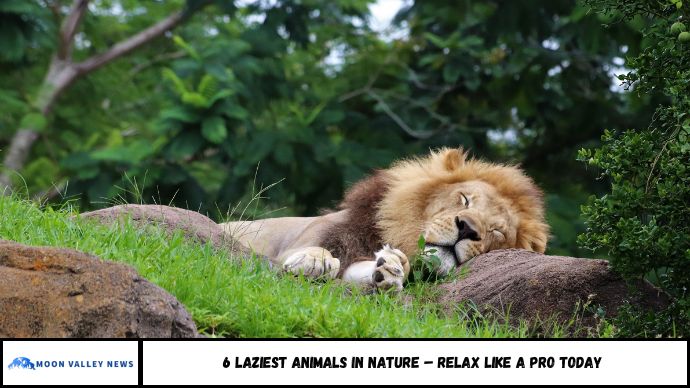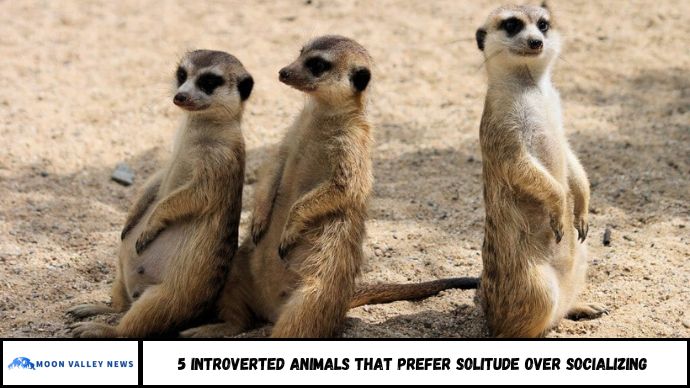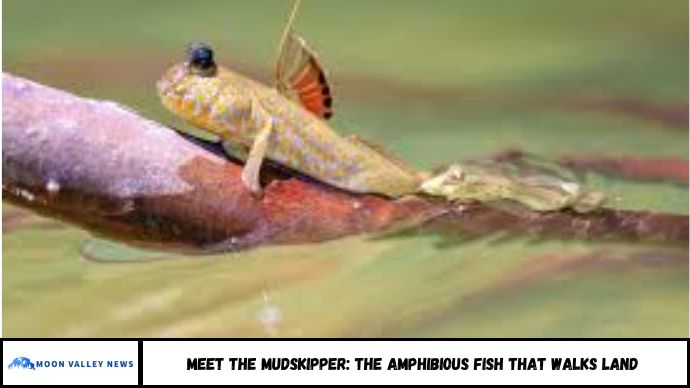Discover the laziest animals in the world and why their unhurried lifestyles are surprisingly effective for survival. From sleeping up to 20 hours a day to barely moving for weeks, these creatures reveal the science behind energy conservation. Learn why laziness isn’t always a flaw — sometimes, it’s evolution’s smartest move.
Why Do Some Animals Seem So Lazy?
Ever feel guilty for spending a day on the couch? Imagine living your whole life like that — and thriving. In the wild, some animals have perfected the art of doing as little as possible. But don’t mistake their inactivity for weakness. These animals are biologically wired to conserve energy in ways that help them survive and reproduce.
- The top 6 laziest animals in nature
- The evolutionary reasons behind their laziness
- What we can learn from their slow-paced lives
1. Sloth – The Ultimate Symbol of Laziness
Average Sleep: 15–20 hours/day
Movement: Less than 0.15 miles/hour
Sloths are so slow that algae grows on their fur, helping them camouflage in the trees. Their low metabolic rate allows them to survive on a minimal diet of leaves, which are low in nutrients. This is not laziness—it’s biological efficiency.
2. Koala – Sleepy but Selective Eater
Average Sleep: 18–22 hours/day
Diet: Eucalyptus leaves (toxic and low-energy)
Koalas spend most of their lives sleeping in eucalyptus trees. Their body works hard to detoxify the poisonous chemicals in eucalyptus, which is why they need so much rest. Their laziness helps them stay alive in a food-scarce environment.
3. Python – The Fasting Predator
Feeding Frequency: Every 1–2 weeks (sometimes longer)
Movement: Minimal unless hunting or relocating
Pythons use a strategy of ambush and conserve. Once they catch and consume a large meal, they can go weeks without moving or eating again. This is a brilliant tactic for survival in unpredictable ecosystems.
4. Giant Panda – Energy Saver on a Bamboo Diet
Average Sleep: 10–16 hours/day
Diet: 99% bamboo (low in nutrients)
Despite their large size, pandas maintain a sedentary lifestyle to conserve energy. Since bamboo is low in calories, their sluggish behavior is crucial for survival.
5. Nurse Shark – The Couch Potato of the Sea
Activity Level: Extremely low unless hunting
Habitat: Resting in caves or the sea floor
Unlike most sharks, nurse sharks are bottom dwellers that spend hours at rest. They can even breathe without swimming, unlike most other shark species, making them one of the ocean’s true slackers.
6. Opossum – Playing Dead and Playing It Cool
Average Sleep: 18–20 hours/day
Defense: “Playing possum” (involuntary paralysis)
Often mistaken as lazy, opossums’ behavior is rooted in defensive survival tactics. Their extreme stillness isn’t just laziness—it’s a clever form of self-protection.
What Can Humans Learn from Lazy Animals?
- Energy Efficiency Matters: In both business and biology, doing less can often mean doing smarter.
- Rest is Strategic: Sleep and downtime play critical roles in memory, recovery, and long-term health.
- Adaptation Over Activity: Sometimes, surviving isn’t about hustle—it’s about how well you adapt.
FAQs
1. Why do sloths move so slowly?
Sloths have an extremely low metabolism to conserve energy, helping them survive on a low-nutrient diet.
2. Are koalas really as lazy as they seem?
Yes, but for good reason — their diet is toxic and low in energy, so rest is essential.
3. Can animals be lazy by choice?
Not really. What appears as laziness is usually a survival strategy shaped by evolution.
4. How long can pythons go without eating?
Some can go weeks to months without food after a large meal.
5. Are lazy animals less intelligent?
Not at all. Many have adapted their behavior in intelligent ways to maximize survival.
6. Do lazy animals live longer?
Some do, especially those with slower metabolisms and lower stress levels.
Conclusion
The next time you feel bad about relaxing, remember: some of the world’s most successful species are also the laziest. From sloths to nurse sharks, nature proves that sometimes the smartest move is doing less, but better.
If these animals can survive and thrive by chilling out, maybe there’s something we can learn from them, too.







